The Enigma of the Ancient Mayans' Writing Systems
The Mayan civilization, renowned for its architectural marvels and astronomical achievements, also left behind a puzzle that continues to intrigue scholars and researchers to this day - their intricate writing system. The evolution of the Mayan script is a fascinating journey that spans centuries, from its humble beginnings to the sophisticated hieroglyphic form that adorned their temples and codices.
Deciphering the Mayan glyphs is akin to unlocking a cryptic code that holds the secrets of a bygone era. The intricate symbols and glyphs used in Mayan inscriptions and codices have long been a subject of scholarly debate and fascination, with each discovery shedding light on the rich tapestry of Mayan culture and history.
The significance of Mayan codices cannot be overstated, as they serve as invaluable windows into the past, preserving the historical records and religious beliefs of this ancient civilization. These codices are not mere texts but living artifacts that connect us to the worldview and rituals of the Mayan people.
In the heart of Mayan society were the scribes, the custodians of knowledge and wisdom, who meticulously transcribed and interpreted the written texts that formed the backbone of their culture. The role of scribes in Mayan society was pivotal, shaping the transmission of knowledge and the preservation of their literary heritage.
Comparing the Mayan writing system with other Mesoamerican scripts such as the Aztec and Olmec reveals both similarities and differences, offering insights into the diverse linguistic traditions of ancient civilizations in the region. Each script tells a unique story, reflecting the cultural nuances and historical trajectories of its creators.
As we ponder the enigmatic decline of the Mayan writing system, various theories emerge, ranging from environmental factors to sociopolitical upheavals. The mystery of its abandonment raises questions about the fragility of written languages and the impermanence of human creations.
Modern efforts in Mayan epigraphy continue to push the boundaries of our understanding, with contemporary initiatives aimed at deciphering and preserving this ancient script through meticulous research and technological advancements. The quest to unravel the secrets of the Mayan writing system is a testament to our enduring fascination with the past.
The legacy of the Mayan script endures in the present day, shaping linguistic studies and cultural heritage with its profound influence. The enduring legacy of the Mayan writing system serves as a bridge between past and present, connecting us to the wisdom and creativity of a civilization long gone.
Yet, amidst the wealth of knowledge uncovered, unsolved mysteries linger, haunting researchers with enigmatic glyphs and inscriptions that defy easy interpretation. These unresolved enigmas challenge us to delve deeper into the cryptic world of the Mayan script, where each symbol holds a story waiting to be told.
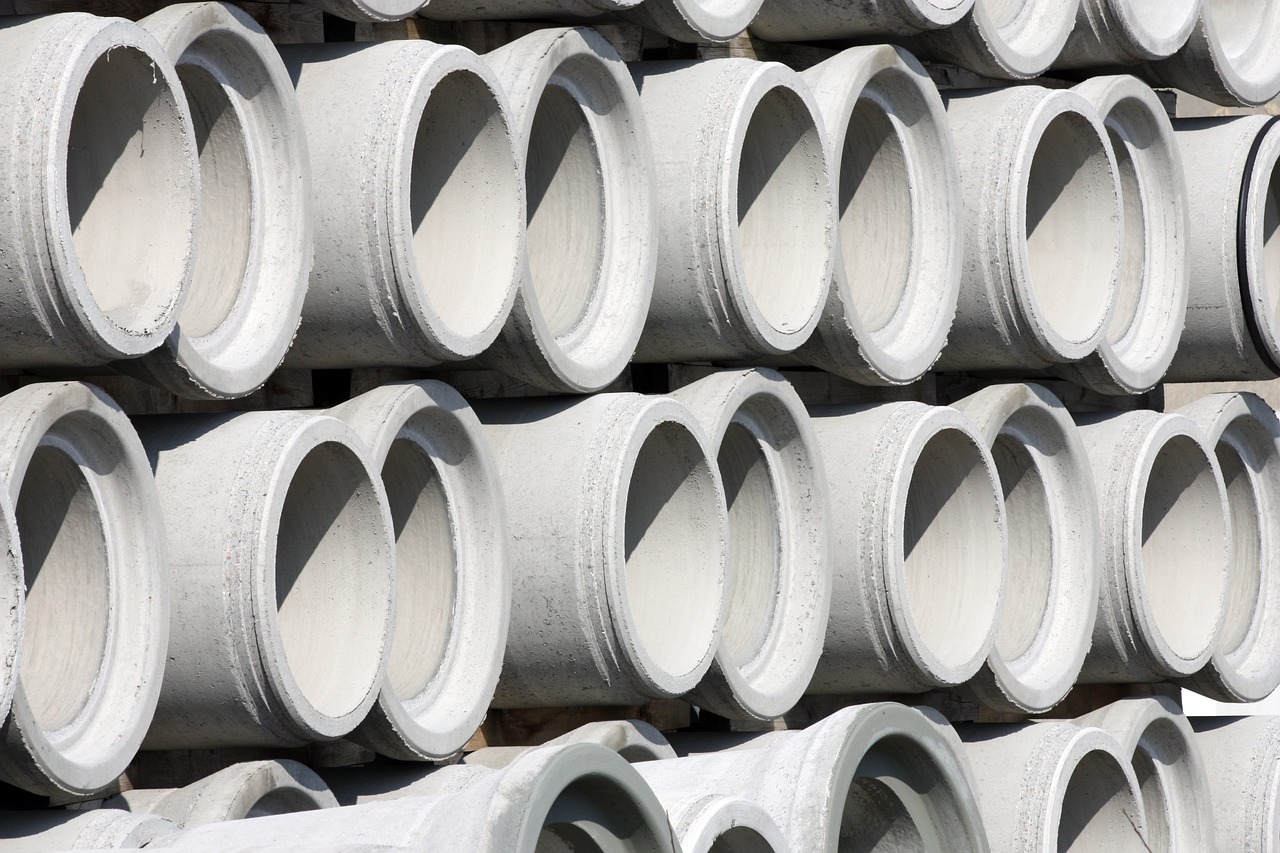
Evolution of Mayan Script
The evolution of the Mayan script is a fascinating journey through the annals of time, showcasing the ingenuity and complexity of this ancient civilization's writing system. Originating from humble beginnings, the Mayan script underwent a remarkable transformation, evolving from simple pictograms to a sophisticated hieroglyphic form that rivaled the scripts of other advanced civilizations.
At its inception, the Mayan script consisted of basic glyphs representing objects, animals, and concepts. Over time, these glyphs became more intricate and symbolic, incorporating phonetic elements to represent sounds and syllables. This gradual development allowed the Mayans to convey not only concrete ideas but also abstract thoughts and complex narratives through their writing.
The evolution of the Mayan script mirrors the cultural and intellectual growth of the Mayan civilization, showcasing their dedication to recording history, religious beliefs, and societal norms in a written form that has stood the test of time.
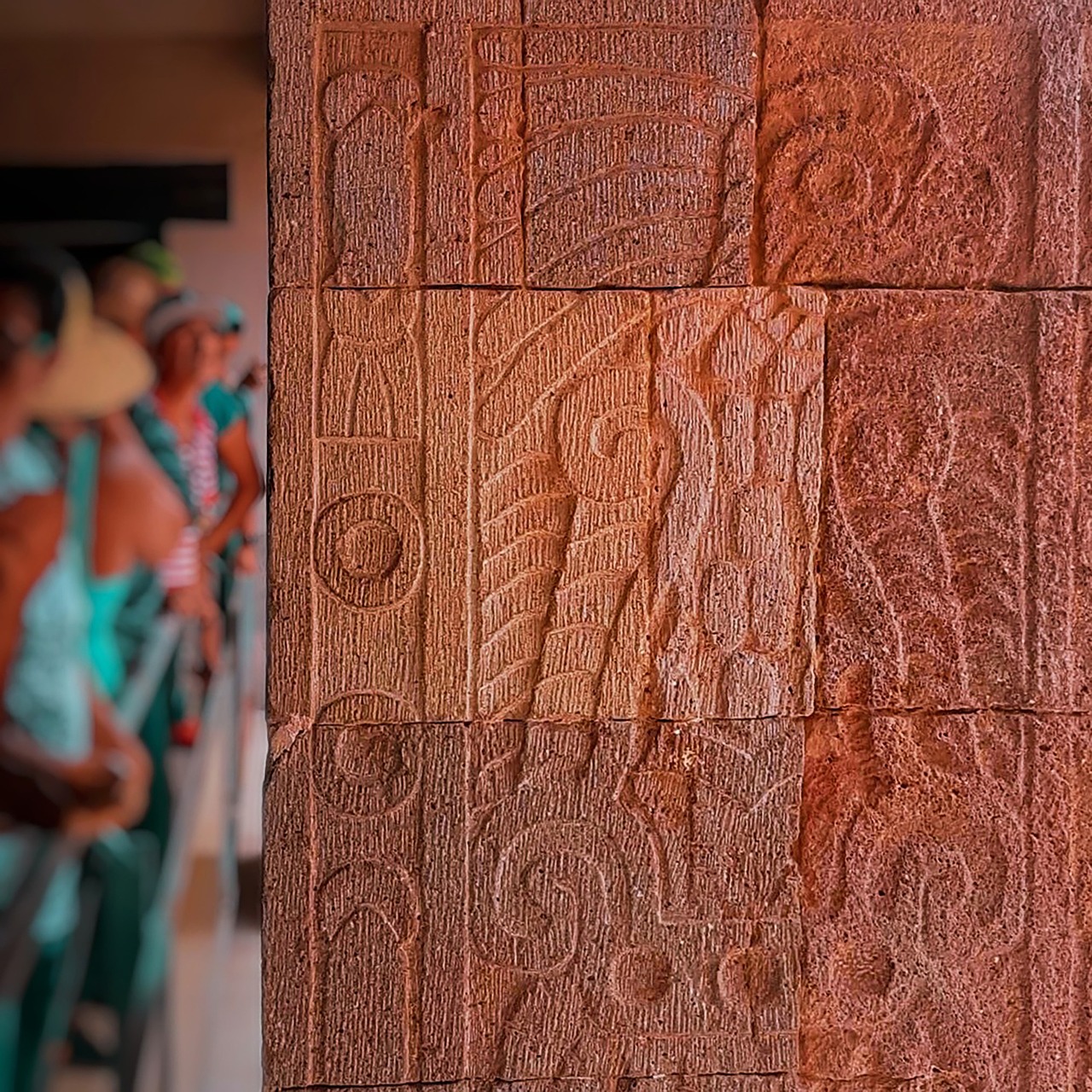
Deciphering the Mayan Glyphs
Exploring the intricate world of the Mayan civilization unveils a remarkable aspect of their culture - the enigmatic writing systems they developed. From the evolution of their script to the mysteries surrounding their glyphs, the Mayans left behind a legacy that continues to captivate scholars and enthusiasts alike.
Delving into the realm of Mayan glyphs is akin to unraveling a cryptic puzzle crafted by a brilliant ancient civilization. These intricate symbols, meticulously etched into stone monuments and codices, hold the key to unlocking the secrets of the Mayan culture. Deciphering these glyphs requires a deep understanding of their symbolic meanings and linguistic nuances.
Mayan glyphs encompass a rich tapestry of hieroglyphic symbols that represent syllables, words, and concepts. Each glyph is a visual masterpiece, intricately combining elements of animals, plants, and abstract symbols. Deciphering these glyphs involves meticulous attention to detail and a keen eye for patterns and repetitions.
One of the challenges in deciphering Mayan glyphs lies in the complexity of their script, which incorporates both logographic and syllabic elements. Decipherment efforts have been fueled by the discovery of key inscriptions and codices that provide crucial insights into the Mayan writing system.
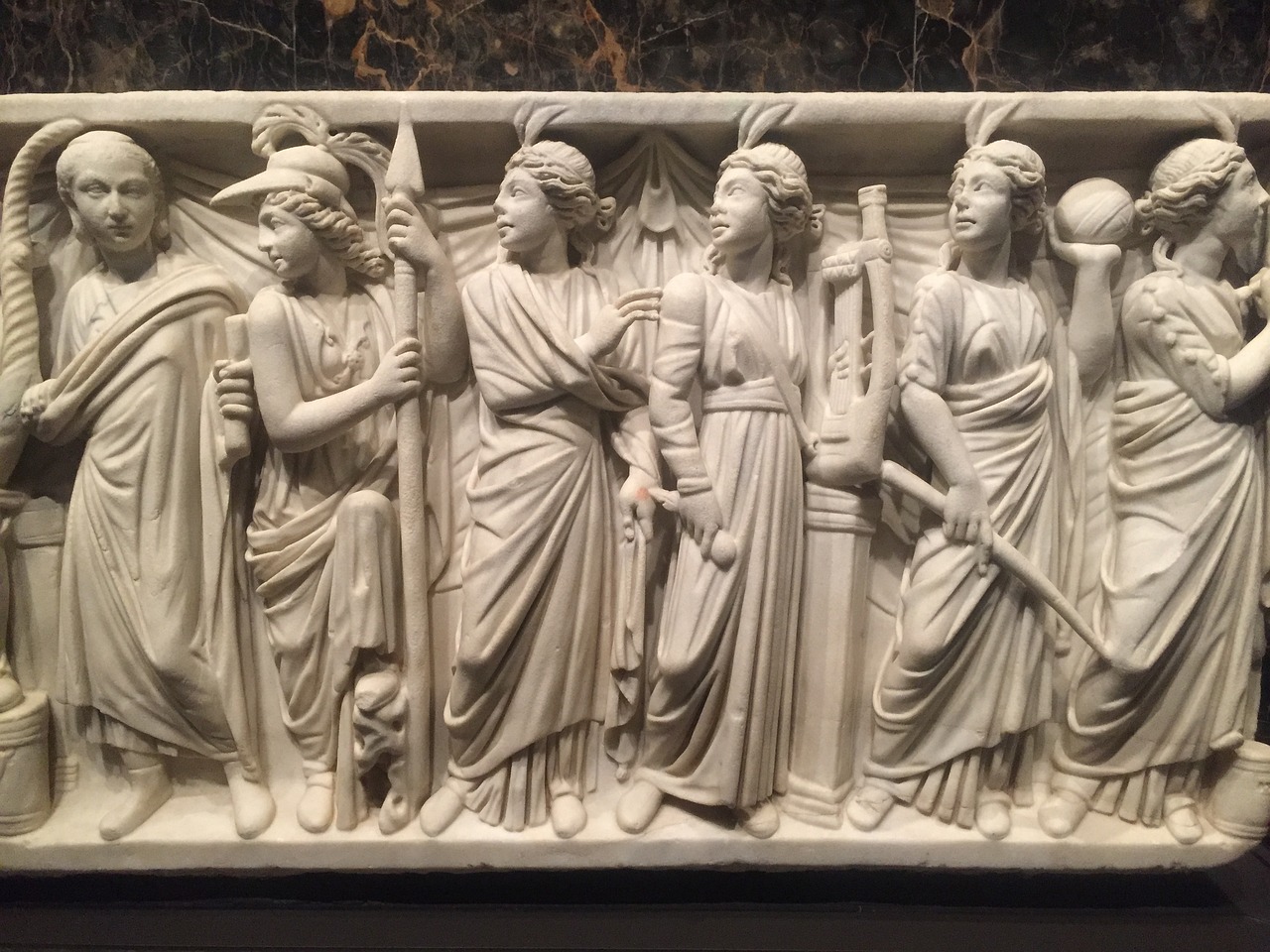
Significance of Mayan Codices
The Mayan codices hold immense significance in the realm of Mayan civilization, serving as invaluable repositories of knowledge, history, and cultural heritage. These ancient manuscripts, crafted from bark paper or deer skin, contain a wealth of information about the Mayan society, including astronomical observations, religious rituals, genealogies, and historical events. Through intricate illustrations and hieroglyphic texts, the codices provide a window into the beliefs and practices of the Mayan people, offering insights into their worldview and intellectual achievements.
One of the key significances of Mayan codices lies in their role as historical records, documenting the rich tapestry of Mayan life and traditions. These codices not only chronicle important events and rituals but also shed light on the social structure, political organization, and artistic expressions of the ancient Mayan civilization. By studying these codices, researchers and scholars can reconstruct the past, unraveling the mysteries of a bygone era and preserving the legacy of the Mayan people for future generations.
Moreover, the Mayan codices are vital in understanding the religious beliefs and cosmology of the Mayan culture. With detailed depictions of deities, celestial bodies, and sacred ceremonies, these manuscripts offer a glimpse into the spiritual practices and mythological narratives that shaped Mayan society. The codices serve as sacred texts, guiding the faithful in their worship and providing a connection to the divine realms believed to influence human affairs.
Additionally, the significance of Mayan codices extends to their artistic and linguistic value. The intricate illustrations and complex hieroglyphic texts found in these manuscripts showcase the artistic prowess and intellectual sophistication of the Mayan scribes. Through their meticulous craftsmanship and symbolic representations, the codices not only convey information but also evoke emotions, beliefs, and cultural identity, serving as a testament to the creativity and ingenuity of the Mayan civilization.
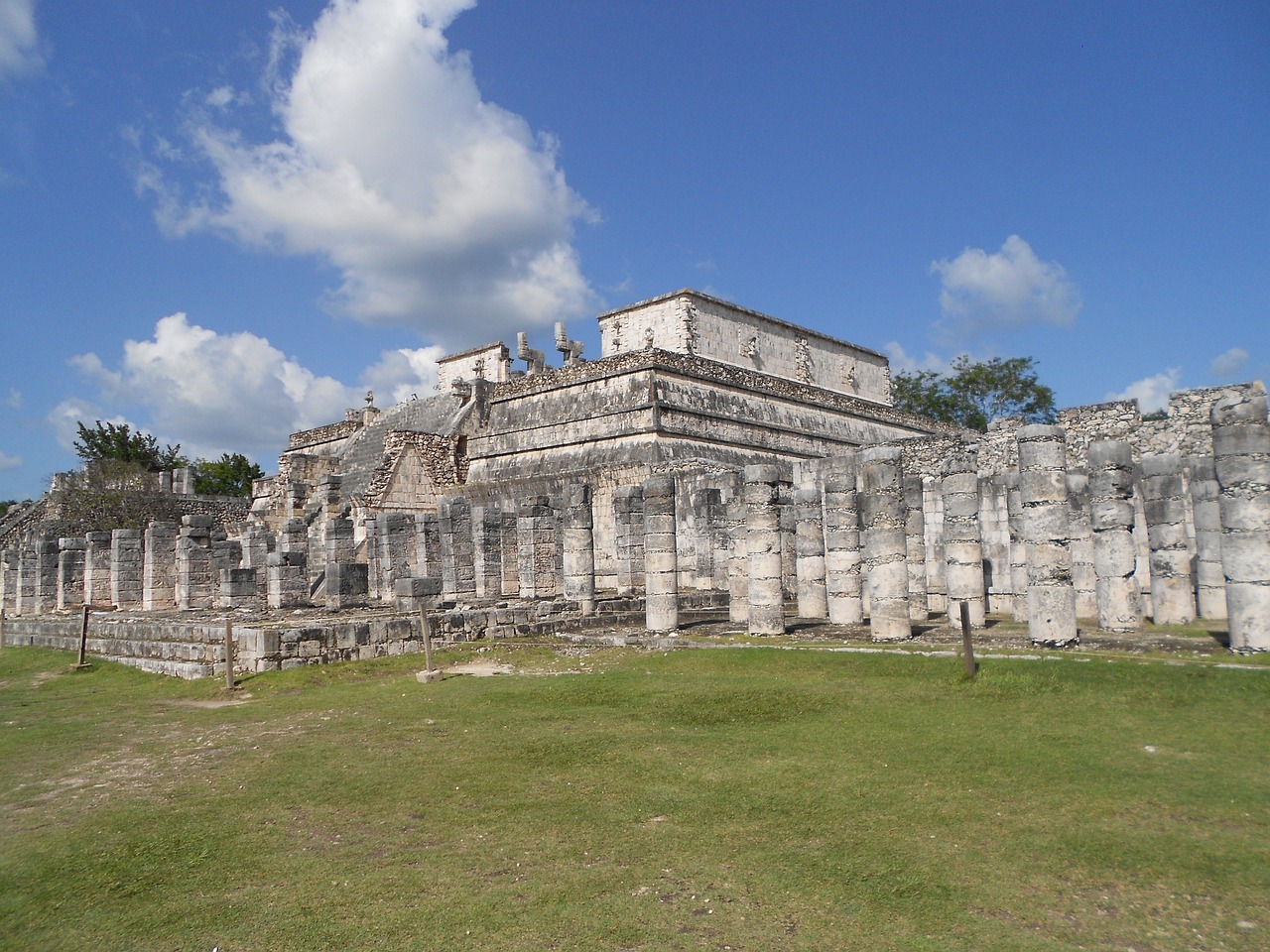
The Role of Scribes in Mayan Society
In the vibrant tapestry of Mayan society, scribes held a position of utmost importance, revered for their ability to capture the essence of their civilization through the intricate strokes of their glyphs. These skilled individuals were not mere recorders of events but the custodians of knowledge, entrusted with the sacred duty of preserving the collective wisdom of their people for future generations. Imagine them as the architects of time, weaving together the stories of the past, the present, and the future into a cohesive narrative that defined the very fabric of Mayan culture.
At the heart of every Mayan city-state, scribes were the linchpins that connected the realms of the spiritual and the earthly, translating the divine will of the gods into tangible form through their meticulously crafted inscriptions. Their work transcended mere communication; it was an act of reverence, a sacred dance with the symbols that carried the soul of their civilization. Like skilled artisans, they etched their beliefs, rituals, and history onto the pages of codices, transforming simple parchments into portals to another world.
These scribes were not solitary figures toiling in obscurity but revered members of the elite, their expertise sought after by rulers, priests, and scholars alike. They were the gatekeepers of knowledge, the mediators between the mundane and the mystical, interpreting the will of the gods through the intricate web of glyphs that adorned temple walls and ceremonial artifacts. Their words held power, shaping the beliefs and practices of the Mayan people, guiding them through the labyrinth of existence with wisdom and insight.
Through their meticulous craftsmanship, scribes immortalized the triumphs and tribulations of their civilization, creating a legacy that transcended the boundaries of time. Each glyph they inscribed was a testament to their dedication, a silent witness to the grandeur of a culture that thrived in the midst of adversity. Their legacy endures in the fragments of codices that have survived the ravages of time, offering glimpses into a world shrouded in mystery and wonder.

Comparison with Other Mesoamerican Scripts
When comparing the Mayan writing system with other Mesoamerican scripts such as the Aztec and Olmec, a fascinating journey into the diverse world of ancient civilizations unfolds. Each script carries its own unique characteristics, reflecting the cultural nuances and historical evolution of the peoples who utilized them.
The Mayan script, known for its intricate hieroglyphs and complex structure, stands out for its detailed representation of both phonetic and logographic elements. In contrast, the Aztec script, also known as Nahuatl, features a more pictographic style with symbols representing objects, sounds, and concepts. On the other hand, the Olmec script, one of the earliest writing systems in Mesoamerica, remains largely undeciphered, adding an air of mystery to the ancient civilization.
While the Mayan script excelled in recording historical events, religious practices, and astronomical knowledge, the Aztec script focused more on administrative records, calendrical information, and tribute lists. In comparison, the Olmec script, with its limited extant examples, poses a challenge for researchers seeking to unlock its secrets and understand its significance within the context of Mesoamerican communication.
Despite the differences in structure and content, all three scripts share a common thread of cultural significance and historical importance. By examining the similarities and differences among these Mesoamerican writing systems, researchers gain valuable insights into the diverse ways in which ancient civilizations conveyed their thoughts, beliefs, and experiences through the written word.

Theories on Mayan Writing System Decline
The decline of the Mayan writing system has puzzled researchers for centuries, with various theories attempting to shed light on this mysterious phenomenon. One prevailing hypothesis suggests that the collapse of the Mayan civilization itself played a significant role in the abandonment of the intricate script. As the once-thriving cities fell into decline, the need for maintaining a complex writing system diminished, leading to its gradual disuse.
Another theory posits that external factors such as invasion and conquest by foreign powers may have contributed to the decline of the Mayan script. The disruption caused by outside forces could have disrupted the transmission of knowledge and cultural practices, ultimately resulting in the neglect of the written language.
Furthermore, some scholars believe that the shift in religious beliefs and practices within Mayan society could have influenced the waning importance of the writing system. As new ideologies emerged and traditional beliefs evolved, the significance of the ancient glyphs may have faded, paving the way for their eventual abandonment.
Additionally, environmental factors such as droughts, crop failures, and resource depletion have been proposed as potential reasons for the decline of the Mayan writing system. The struggles faced by the civilization in sustaining its population and resources may have diverted attention away from the preservation and development of the complex script.
Despite these theories, the exact reasons behind the disappearance of the Mayan script remain elusive, leaving room for continued speculation and research into this enigmatic aspect of ancient Mesoamerican culture.
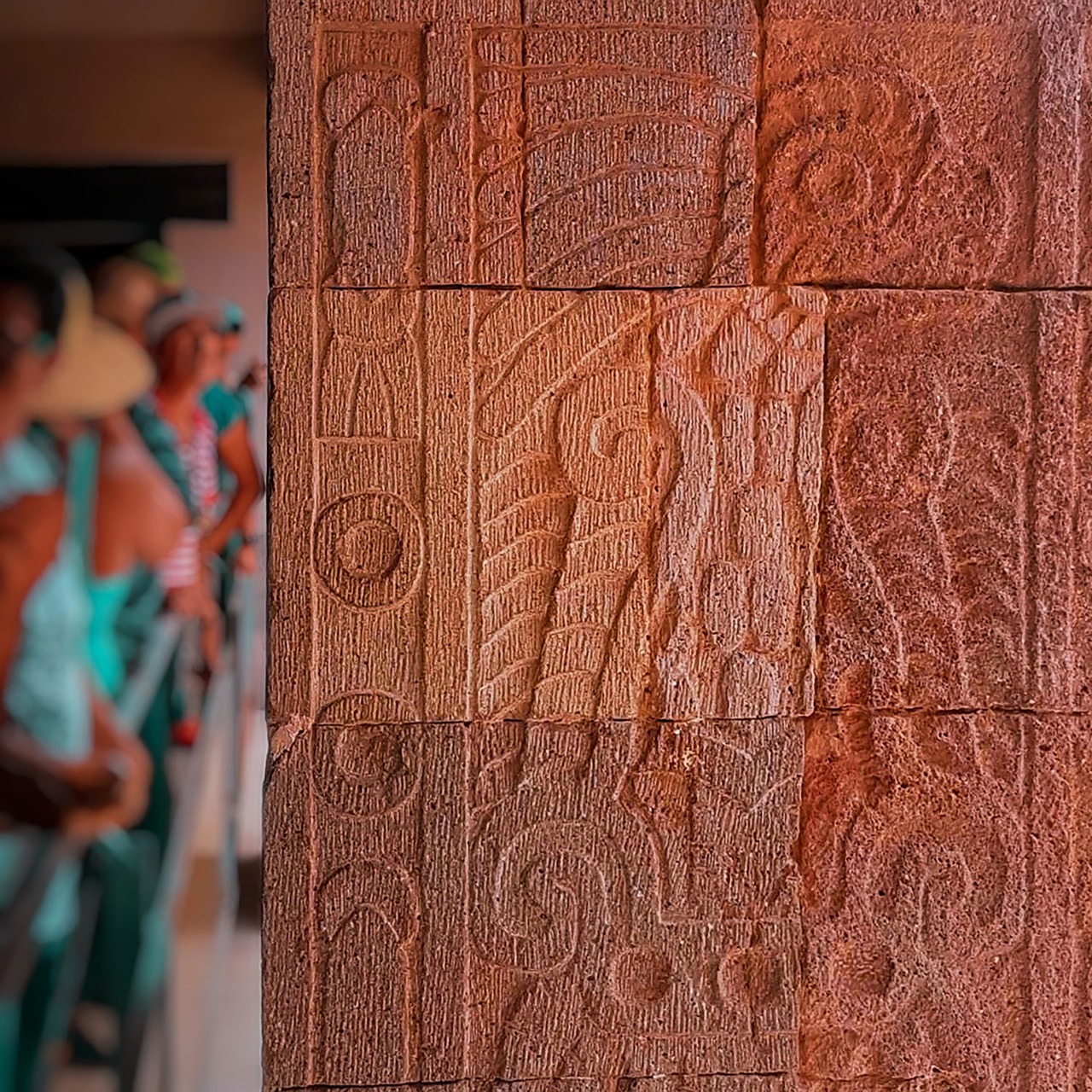
Modern Efforts in Mayan Epigraphy
Modern Efforts in Mayan Epigraphy involve a dedicated pursuit of uncovering the secrets embedded within the intricate Mayan writing system. Epigraphy, the study of inscriptions, plays a crucial role in deciphering and interpreting the ancient glyphs and symbols used by the Mayans. Contemporary scholars and researchers are engaged in a collaborative effort to further advance our understanding of this complex script through meticulous analysis of inscriptions found on monuments, pottery, and codices.
One of the primary objectives of modern epigraphic research is to expand the corpus of deciphered Mayan texts, enabling a deeper exploration of the historical narratives and cultural practices of this enigmatic civilization. By comparing newly discovered inscriptions with previously translated texts, scholars aim to piece together the fragmented puzzle of Mayan history and mythology, shedding light on the beliefs and rituals of the ancient Mayan society.
Moreover, technological advancements have revolutionized the field of Mayan epigraphy, facilitating the digitization and preservation of invaluable Mayan codices and inscriptions. High-resolution imaging techniques and computational tools have enabled researchers to enhance the legibility of faded or damaged glyphs, unveiling hidden details and nuances within the texts that were previously inaccessible.
Collaborative projects between epigraphers, archaeologists, linguists, and indigenous communities have contributed to a holistic approach towards deciphering the Mayan script. By integrating interdisciplinary expertise and indigenous knowledge systems, these efforts aim to ensure the accuracy and cultural sensitivity in the interpretation of Mayan inscriptions, preserving the authenticity of the ancient texts while fostering mutual respect and collaboration among diverse stakeholders.

Legacy of the Mayan Script
The legacy of the Mayan script transcends time, leaving an indelible mark on linguistic studies and cultural heritage. The intricate glyphs and symbols crafted by ancient Mayan scribes continue to captivate scholars and enthusiasts alike, offering a window into the rich tapestry of Mayan civilization. These meticulously inscribed codices and stelae serve as invaluable artifacts, preserving the knowledge and beliefs of a bygone era for modern generations to decipher and appreciate.
Through the decipherment of Mayan texts, researchers have gained profound insights into the religious practices, historical events, and societal structures of the ancient Mayan people. The legacy of the Mayan script extends beyond mere words on stone; it embodies a profound connection to a civilization that flourished centuries ago, yet still resonates with contemporary audiences seeking to unravel the mysteries of the past.
One cannot overlook the impact of the Mayan writing system on the field of epigraphy, where scholars meticulously study and analyze inscriptions to unlock their hidden meanings. The legacy of the Mayan script serves as a testament to human ingenuity and the enduring quest for knowledge, inspiring ongoing research and exploration into the complexities of this ancient writing system.
As we delve deeper into the legacy of the Mayan script, we are reminded of the cultural significance embedded within each glyph and symbol. These remnants of a bygone era speak volumes about the creativity and intellectual prowess of the Mayan civilization, offering a glimpse into a world where words were not just written but imbued with spiritual and historical significance.
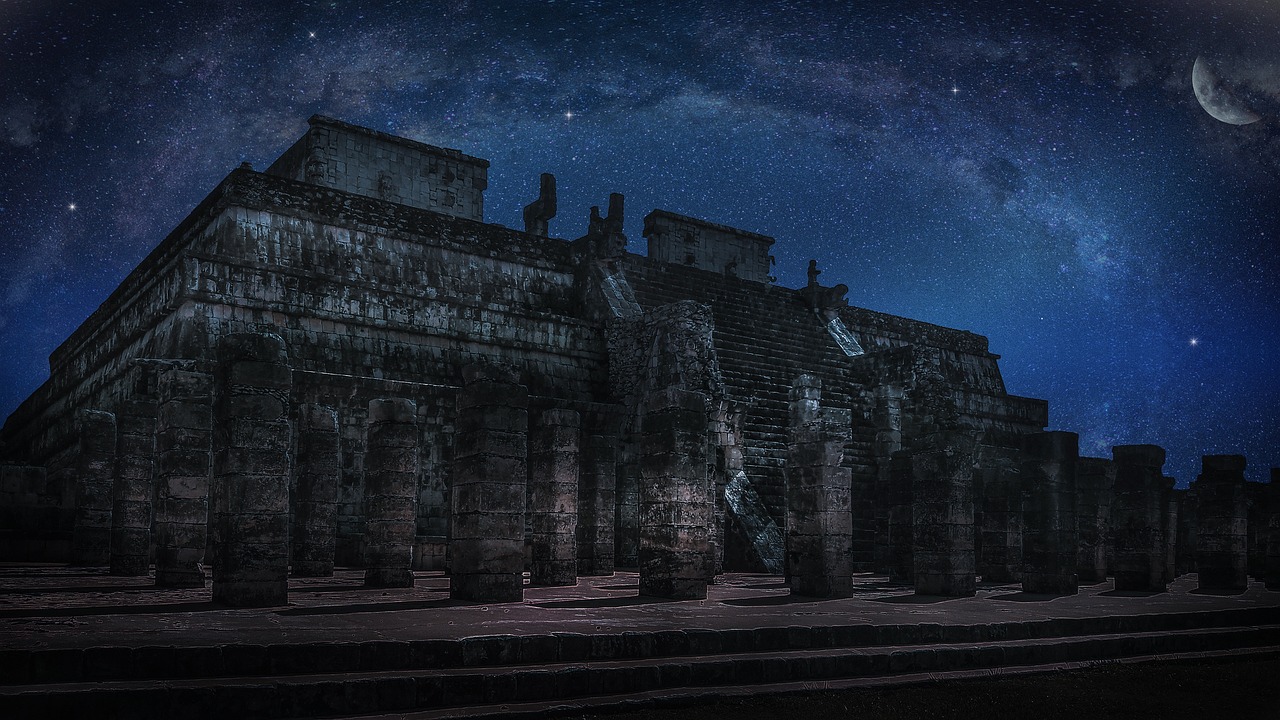
Unsolved Mysteries of Mayan Glyphs
The continue to captivate researchers and enthusiasts alike, offering a tantalizing glimpse into the enigmatic world of ancient Mayan civilization. One of the most perplexing aspects of Mayan glyphs is the elusive nature of certain symbols, whose meanings remain shrouded in mystery despite decades of scholarly investigation. These unresolved enigmas serve as a reminder of the intricate complexity of the Mayan writing system, challenging our understanding and pushing the boundaries of epigraphic knowledge.
Among the most baffling mysteries are the so-called "lost glyphs," symbols that have defied all attempts at decipherment and interpretation. These enigmatic characters appear in various Mayan inscriptions and codices, tantalizing researchers with their cryptic nature and elusive meanings. Despite numerous theories and hypotheses put forth by experts, the true significance of these glyphs remains elusive, adding an air of intrigue to the study of Mayan epigraphy.
Another puzzling aspect of Mayan glyphs is the presence of anomalous variations and deviations in certain inscriptions, suggesting the existence of regional or temporal differences in the writing system. These anomalies pose a challenge to scholars seeking to establish consistent patterns and rules within the Mayan script, highlighting the complexity and diversity of the ancient writing tradition.
Furthermore, the discovery of incomplete or damaged Mayan texts has presented a significant obstacle to the full decipherment of the writing system. In many cases, crucial portions of inscriptions are missing or obscured, making it difficult to reconstruct the original meaning and context of the glyphs. This fragmented nature of the archaeological record adds another layer of complexity to the study of Mayan writing, leaving many questions unanswered.
Despite these unresolved mysteries, ongoing research and technological advancements offer hope for future breakthroughs in deciphering the secrets of Mayan glyphs. Collaborative efforts among epigraphers, linguists, and archaeologists continue to shed light on the intricacies of the ancient writing system, bringing us closer to unraveling the enigmas that have puzzled scholars for centuries.
Frequently Asked Questions
- What is the significance of the Mayan writing system?
The Mayan writing system holds immense historical and cultural significance as it provides valuable insights into the ancient Mayan civilization. It was used to record important events, religious beliefs, and societal structures, contributing to our understanding of their complex society.
- How were Mayan glyphs deciphered?
Deciphering Mayan glyphs was a challenging process that involved the collaboration of linguists, archaeologists, and epigraphers. By comparing inscriptions with known languages, identifying patterns, and studying contextual clues, experts were able to unlock the meanings behind the intricate symbols.
- What role did scribes play in Mayan society?
Scribes held a vital role in Mayan society as they were responsible for recording historical events, religious rituals, and administrative matters. They were highly respected for their knowledge of the complex writing system and served as intermediaries between the rulers and the gods.
- Why is the legacy of the Mayan script important today?
The legacy of the Mayan script continues to be relevant in modern times as it sheds light on the linguistic diversity and cultural richness of the ancient Mesoamerican civilizations. Studying the Mayan writing system helps preserve their heritage and contributes to the field of epigraphy.



















